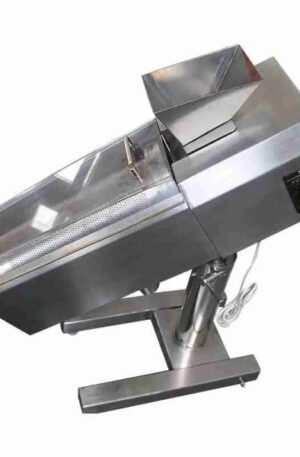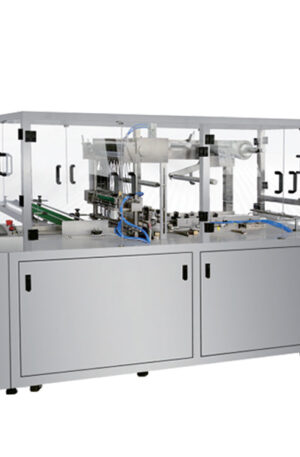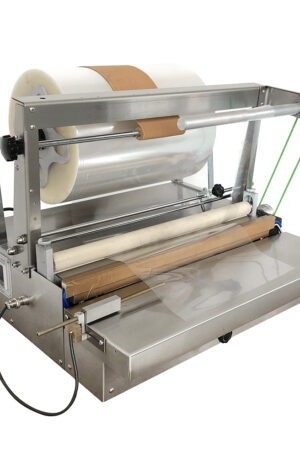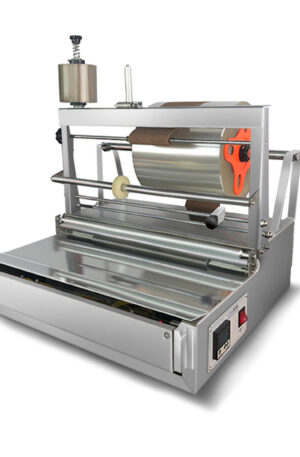Title: The Role of Pharmaceutical Machinery in Drug Manufacturing
Pharmaceutical machinery plays a crucial role in the drug manufacturing process, ensuring the efficiency and precision of pharmaceutical production. Two key machines used in this process are the table press machine and the capsule filling machine.
Table press machines are essential in the manufacturing of pharmaceutical tablets. These machines compress powdered ingredients into solid tablets of precise size and weight. The Tablet Press Machine, commonly known as TDP, is widely used in the pharmaceutical industry due to its ability to produce high-quality tablets efficiently. Another variation is the Tablet Press Machine with a higher production capacity, known as THDP, which is favored for large-scale pharmaceutical manufacturing.
On the other hand, capsule filling machines are used to encapsulate powdered or liquid medication into gelatin or vegetarian capsules. These machines ensure accurate filling of the capsules with the right dosage of the active ingredients. The capsule filling process is crucial in pharmaceutical manufacturing, as it allows for convenient and precise dosing for patients.
Both the table press machine and the capsule filling machine contribute to the overall efficiency and quality of drug manufacturing. The use of these machines helps pharmaceutical companies meet the demand for various medications with consistency and reliability. Additionally, these machines help minimize human error in the production process, ensuring the safety and efficacy of pharmaceutical products.
In conclusion, pharmaceutical machinery, such as the table press machine and capsule filling machine, plays a vital role in drug manufacturing. These machines are instrumental in producing high-quality tablets and capsules with precision and efficiency. Overall, the use of pharmaceutical machinery enhances the manufacturing process and ensures the delivery of safe and effective medications to patients worldwide.





